Mastering Direct-to-Film Transfers: A Comprehensive Guide for Professionals
Direct-to-Film (DTF) transfers are a cutting-edge print production method for creating high-resoluti…….
Welcome to an in-depth exploration of DTF (Direct-to-Fabric) printing services, a revolutionary technology transforming the textile industry. In this article, we will navigate through the various facets of DTF printing, from its technical foundations to its global impact and future prospects. By the end, readers will gain a comprehensive understanding of how this innovative service is reshaping apparel production, small business opportunities, and the overall design landscape.
Definition: Direct-to-Fabric (DTF) printing services involve the direct application of print designs onto fabric using specialized printing techniques. Unlike traditional methods that require separate preparation steps like screen printing or heat transfer, DTF allows for seamless, high-quality printing on various fabrics without intermediate layers.
Core Components:
Historical Context: The concept of direct-to-fabric printing dates back to the early 2000s when advancements in inkjet technology and printhead design laid the groundwork. Over time, DTF printing evolved from niche applications to gain mainstream recognition, particularly among small businesses, startups, and custom apparel manufacturers.
Significance: DTF printing services have revolutionized garment personalization, enabling businesses to offer on-demand, custom-printed clothing with minimal setup costs and fast turnaround times. This technology empowers designers, entrepreneurs, and brands to create unique, made-to-order products, catering to the growing demand for individualized fashion choices.
International Influence: DTF printing services have left a significant global footprint, with its adoption spanning across continents. Asia, particularly China and India, has been at the forefront of DTF printing innovation, contributing to the technology’s cost-effectiveness and widespread availability. The United States and Europe have also seen a surge in DTF printing adoption, driven by the demand for rapid prototyping, small batch production, and on-demand fulfillment.
Regional Trends:
| Region | Trends |
|---|---|
| Asia | High adoption rates, particularly in China’s garment manufacturing hubs. Focus on cost-efficient printing technologies and large-scale production. |
| North America | Growing popularity among small businesses, startups, and e-commerce brands. Emphasis on fast turnaround times and high-quality prints for custom apparel. |
| Europe | Increasing demand for sustainable and eco-friendly printing methods. Adoption of DTF for promotional merchandise and branded clothing. |
Regional Differences: The impact of DTF printing varies across regions due to factors like labor costs, local business environments, and cultural preferences. For instance, Asia’s dominance in garment manufacturing has led to a more mature and cost-optimized DTF printing industry there. In contrast, North American and European markets are witnessing a surge in innovative startups offering unique DTF printing services tailored to specific niches.
Market Dynamics: The global DTF printing market is experiencing steady growth, driven by the rise of e-commerce, fast fashion, and custom apparel trends. According to a recent report, the market size was valued at USD 2.5 billion in 2021 and is projected to reach USD 4.8 billion by 2030, growing at a CAGR of 9.2%.
Investment Patterns: The economic landscape for DTF printing services attracts investments from various sources:
Economic Impact: DTF printing services significantly contribute to the economic systems in several ways:
Printhead Technology: Ongoing advancements in printhead design have led to improvements in resolution, color accuracy, and printing speed. Modern piezoelectric printheads offer sub-micron droplet sizes, enabling intricate detail and fine line printing.
Ink Formulations: Researchers continuously develop new ink formulations to enhance color vibrancy, water resistance, and fade resistance. Eco-friendly inks made from biodegradable materials are gaining traction, aligning with sustainability trends.
Automated Systems: The integration of automation in DTF printing equipment has improved productivity and reduced operational costs. Automated feed mechanisms, multi-head printers, and advanced control systems streamline the printing process, making it more efficient for high-volume production.
Software Solutions: Advanced software platforms enable users to design, preprocess, and manage DTF printing jobs efficiently. These tools provide color management, print preview, and remote monitoring capabilities, enhancing overall productivity.
Custom Apparel: DTF printing is widely used for creating custom t-shirts, hoodies, hats, and accessories. Businesses like CafePress and Zazzle leverage DTF technology to offer a vast array of personalized products to customers worldwide.
Promotional Merchandise: Companies utilize DTF printing to produce branded items like mugs, tote bags, keychains, and phone cases for marketing campaigns, events, and employee gifts.
Fashion and Lifestyle Brands: High-end fashion brands adopt DTF printing for limited-edition collections, offering unique, personalized garments and accessories. This technique allows them to experiment with design variations and cater to individual consumer preferences.
Art and Design Studios: DTF printers have found their place in artistic and design studios, enabling artists to create unique prints, illustrations, and custom art products for sale or exhibition.
Educational Institutions: Schools and universities adopt DTF printing for educational purposes, teaching students about graphic design, printing technologies, and mass production techniques.
Advantages:
Challenges:
Technological Advancements: The future of DTF printing lies in further technological innovations, including:
Sustainability Focus: As environmental concerns grow, the DTF printing industry is expected to embrace more sustainable practices:
Market Expansion: The global DTF printing market is poised for significant growth, particularly in untapped regions like Latin America and parts of Africa. As e-commerce expands globally, small businesses and startups in these markets will gain access to DTF printing services, fostering innovation and local entrepreneurship.
Direct-to-Fabric (DTF) printing services have emerged as a powerful tool for transforming garment production, empowering small businesses, and fueling creative expression. With its ability to offer fast, high-quality customization at scalable levels, DTF printing is set to play an increasingly significant role in the fashion, design, and promotional merchandise industries. As technology advances and sustainability becomes a focal point, the future of DTF printing looks promising, opening up exciting possibilities for designers, businesses, and consumers alike.
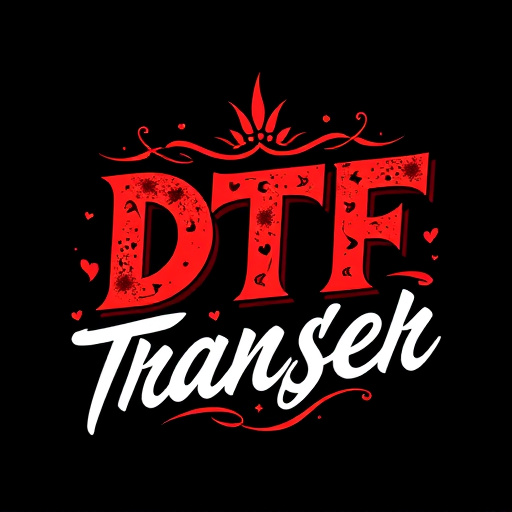
Direct-to-Film (DTF) transfers are a cutting-edge print production method for creating high-resoluti…….

Direct-to-Film (DTF) transfers are an innovative way to create high-quality prints with unparalleled…….
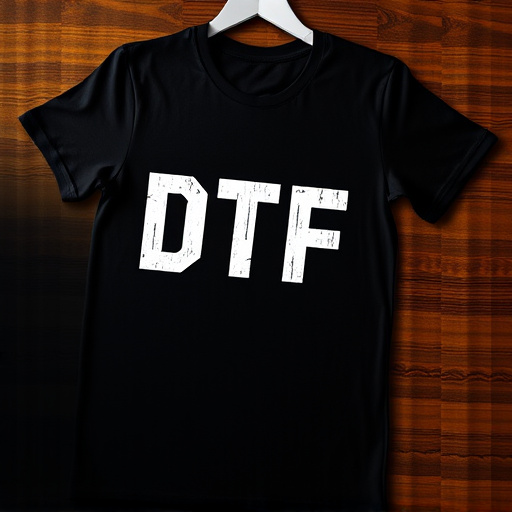
Direct-to-Film (DTF) printing technology has transformed the industry with superior quality and flex…….

Direct-to-Film (DTF) transfers are a cutting-edge method for creating high-quality digital copies fr…….
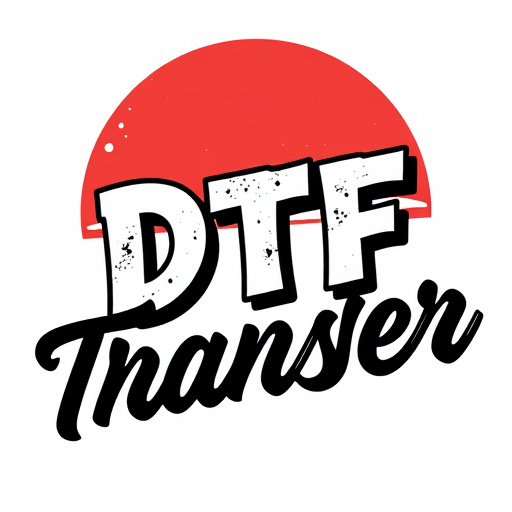
The DTF (Direct Transfer) process revolutionizes data migration by offering automated, real-time dat…….

Direct-to-Film (DTF) Transfers offer a cutting-edge solution for preserving and enhancing classic fi…….
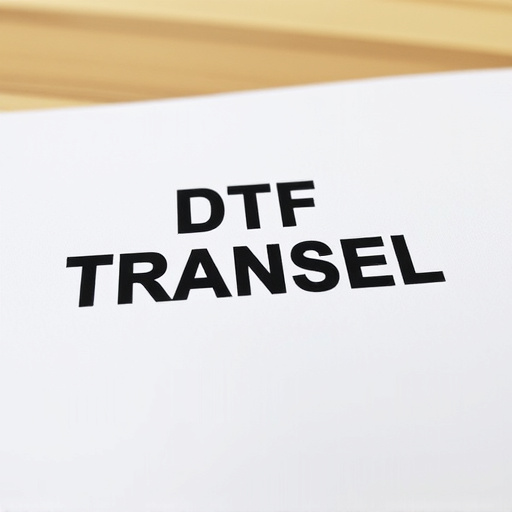
Direct-to-Film (DTF) technology seamlessly combines digital content with traditional cinema, offerin…….
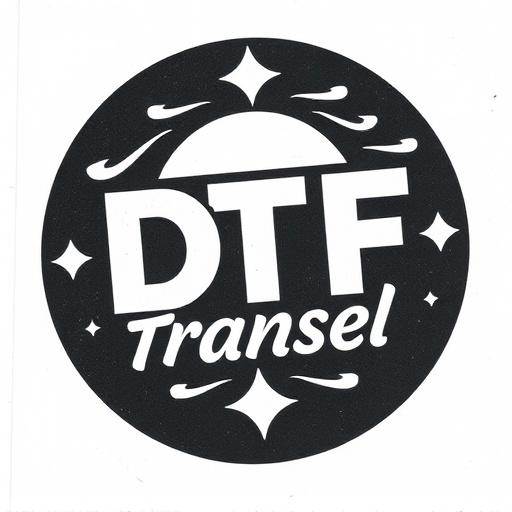
Direct-to-Film (DTF) prints are transforming industries with their superior quality, efficiency, and…….

Direct-to-Film (DTF) Transfers have revolutionized print quality on various surfaces like vinyl, fab…….